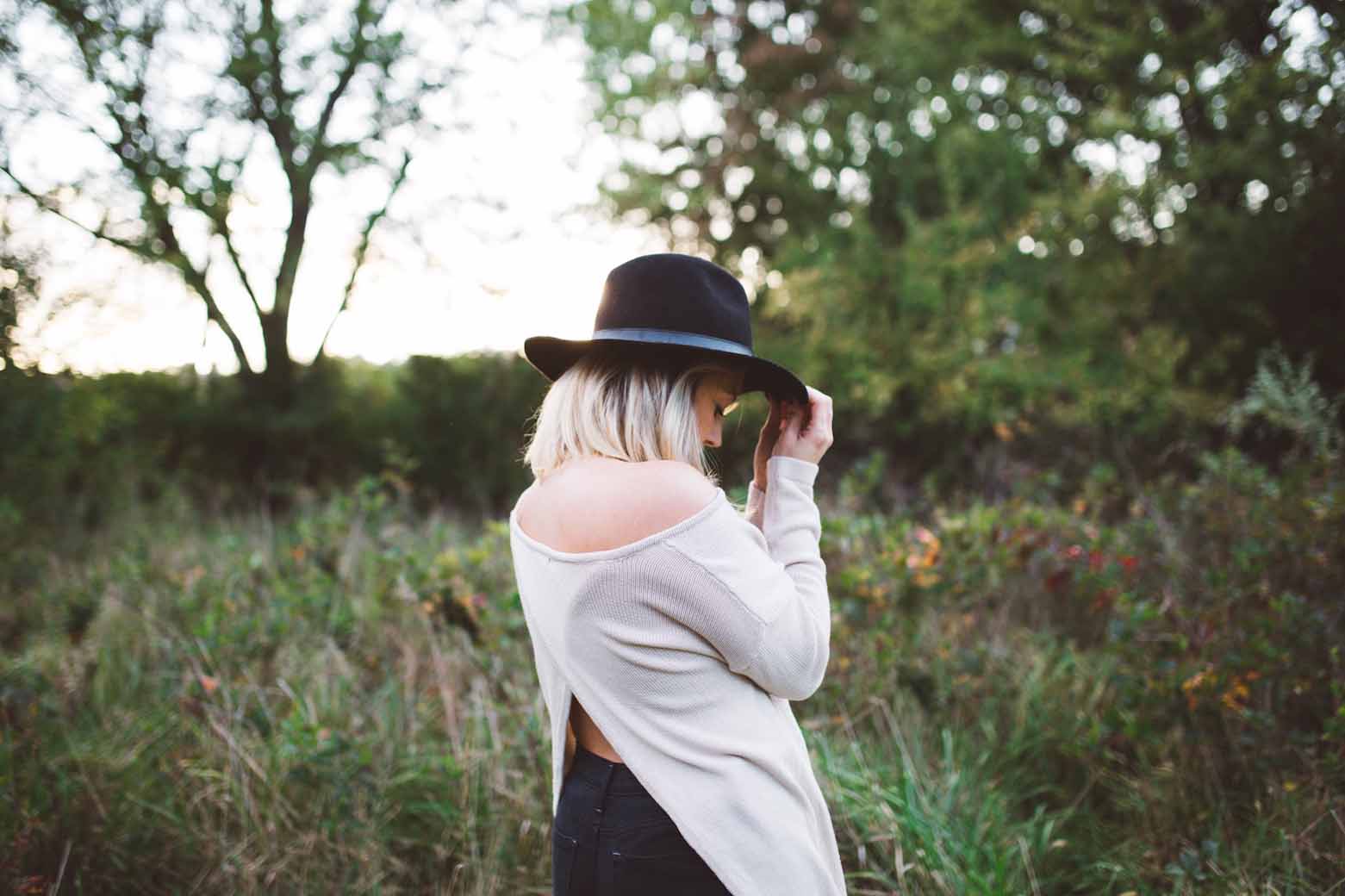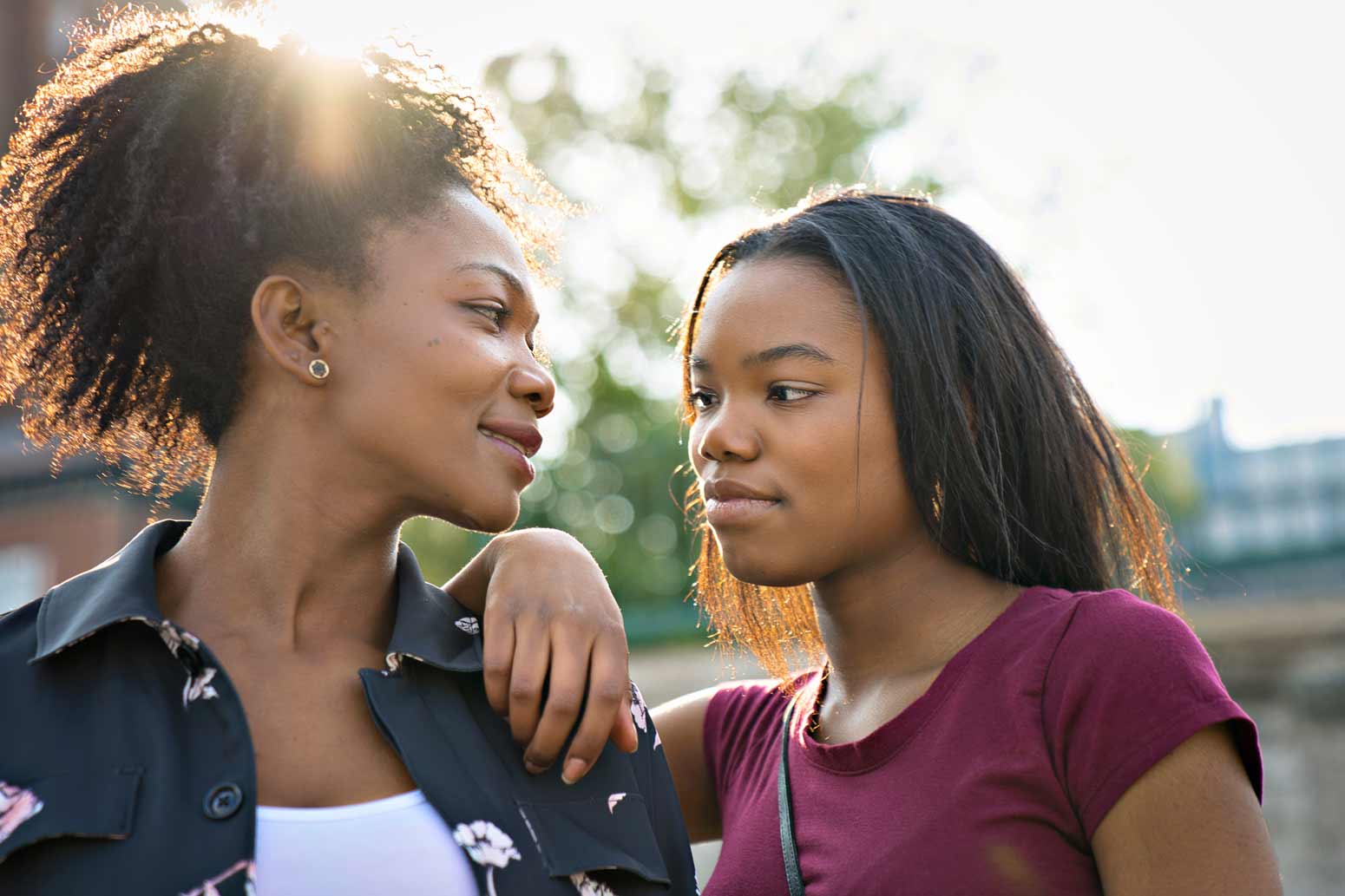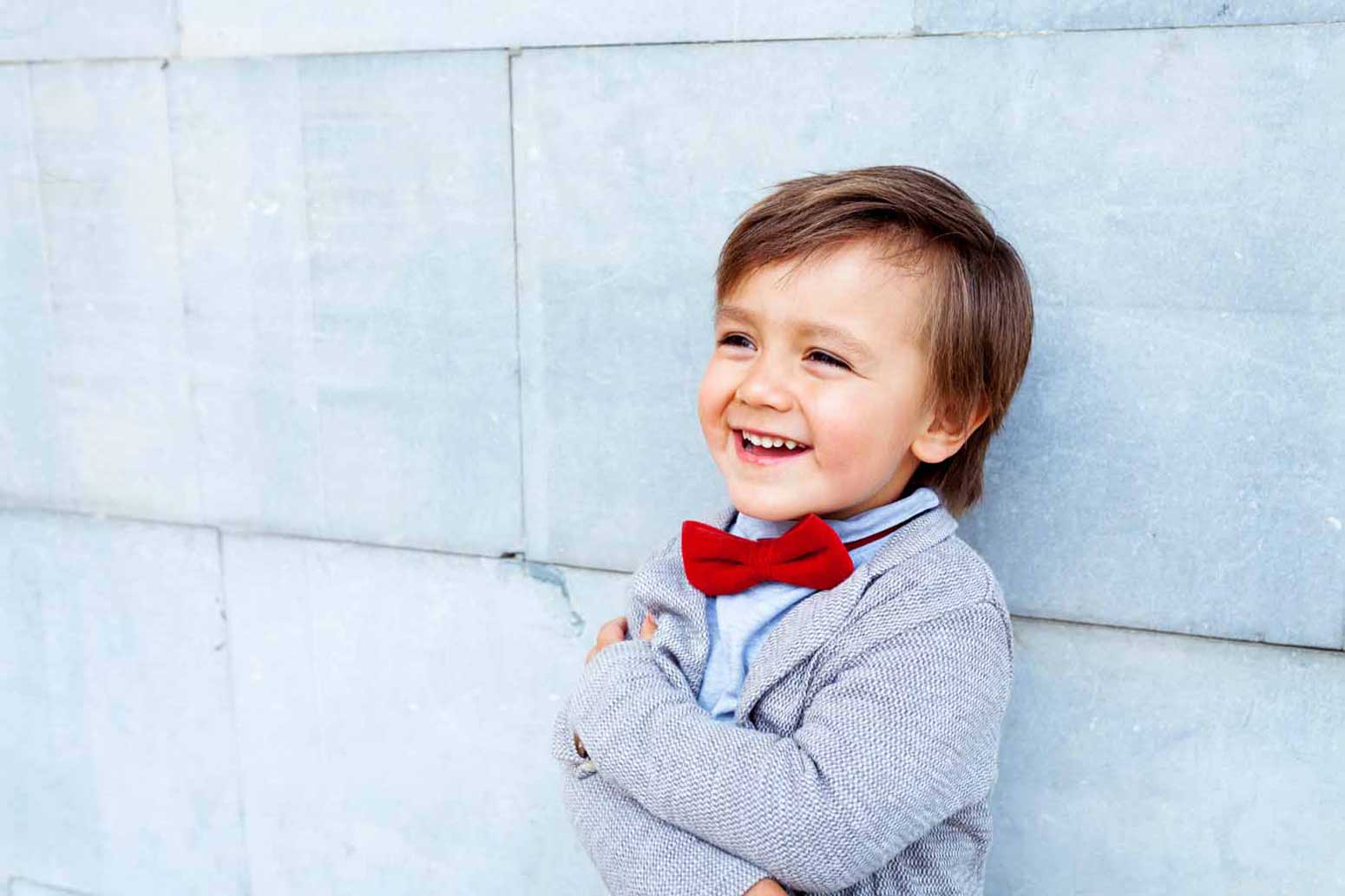The second the door to the light-filled room opened, she made a beeline toward the wooden shelves. Housed upon them were plastic figurines, standing upright in tidy rows. Her little hands would pause before choosing the ones that would take part in the sandbox game.
Sometimes, she grabbed the impish elf first, or the medieval knight, or the boy and girl dressed in ordinary t-shirts and jeans. Without fail, she’d reach for the jovial princess whose miniature hands held the seams of her cobalt blue gown in a frozen curtsy. Next were the pegasus, triceratops, beastly creatures, and sword-swinging soldiers.
For the next half hour, her therapist and I would sit beside her, dig our hands into the sandbox, and enter my young daughter’s imaginative world. Often, she directed a story where the threads of good versus evil were obvious: the beast and the gargoyles would lay siege on the innocent group of toys until the hero swept in and saved the townspeople from destruction. She’d bury the innocent figures beneath the sand dunes—a protective barrier from the foreboding harm headed their way—and the “bad guys” would enter the sand village, attacking violently and harshly. We watched as my daughter’s hands shifted the figures around the box, fighting and creating a dialogue between them. Sometimes, the pegasus swooped in and flew the “good guys” to safety, and we’d all cheer together afterward.
Other times, the “bad guys” would prevail. Her therapist and I would watch as she’d turn her back to us and line up the girl figurines with their faces near the crotches of the male figures, or lay them on top of each other. The sexual images, words, and touches she had seen, heard, and felt made their way into her play therapy.
A year prior to beginning therapy, my daughter confessed that a member of our extended family had been touching her inappropriately. A few weeks leading up to her confession, my husband and I noticed changes in my daughter’s behavior after a family member spent extended time visiting us. At first, we chalked up her behavior to developmental exploration but grew concerned when she started touching herself openly at home and at preschool and rubbing her body against stuffed animals.
One spring evening, as my daughter splashed around in the bath and I poured clean water over her sudsy hair, we casually talked about her body and what constituted as appropriate touching. She looked at me with her big brown eyes and quietly stated, “{______} touches me here,” pointing to her vagina.
A year prior to beginning therapy, my daughter confessed that a member of our extended family had been touching her inappropriately.
The days, weeks, and months following her confession were a nightmarish blur: CPS intervention and hours in a waiting room while my daughter was observed by social workers; the insistent denial by the accused family member; and finally, a move to a new city, holding high hopes that the geographical replanting would be an antidote for rebuilding our lives. All of it was overshadowed by darkness and despair I couldn’t seem to escape, and overwhelming shame for being unable to protect my child.
Sadly, I know our story isn’t unique. Some research shows that 1 in 10 children1 will be the victim of sexual abuse by their 18th birthday, while other figures break it down further estimating 1 in 6 boys and 1 in 4 girls2 are sexually abused before the age of 18. About 90% of children3 who are victims know their abuser.
Despite these alarming statistics, there are ways you can actively protect your kids from sexual abuse.
• Encourage an open dialogue with your child and talk about proper and inappropriate touching. There are numerous resources and helpful material geared toward having body safety conversations with your kids, including ways to teach them the difference between appropriate and inappropriate touch. One of the social workers gave us this book tailored for younger children. Here is a list of several other books on body boundaries, touching, and safety.
• Teach your child the proper name of private parts. One of the social workers who steered us through the initial shock commended us for teaching our daughter the right names of body parts when she was young. The earlier children feel comfortable using the correct names of private areas, the better—if something inappropriate happens, children are able to use clearer language to describe it.
Sadly, I know our story isn’t unique.
• Don’t force your kids to be affectionate with other people. As one with people-pleasing tendencies, I’ve had to keep myself in check when well-meaning relatives or adults have tried to be affectionate with my girls. My gut instinct in the past was to push them forward with a, “Go ahead… give Aunt Kay a hug.” But in the past few years, I’ve coached them how to respectfully decline if they feel uncomfortable showing outward affection. This teaches them proper body boundaries and iterates the notion that their bodies belong solely to themselves.
• Create an atmosphere where body secrets are off-limits. Letting your kids know that if an adult asks them to keep a secret, it’s something that needs to be shared with a parent. A good tip for kids is that especially if someone says not to tell, that’s how they know for sure that they should tell. That’s one of the times it’s okay to not do what a grown-up says.
• Outline your family-isms and boundaries. Figure out the rules your family wants to abide by when it comes to gatherings (e.g. slumber parties), social media, technology usage, new caregivers, or basically opportunities where your kids could be exposed to anything or anyone that could be harmful. I certainly don’t advocate thinking the worst or living in fear, and every family draws lines in the sand in different places when it comes to all of this. Our family has had to redefine certain rules and say no despite many of our peers saying yes.

If you suspect abuse or your child shares with you that he or she has been hurt in any way, please seek professional help—I cannot emphasize this enough. Your child and family don’t have to traverse through sexual trauma alone. I don’t know what I would have done had it not been for our family therapist who guided me through some of the lowest moments of my life. She provided support, resources, empowered me to know how to assist my daughter through the residual effects of trauma, and held space for me to grieve through the disaster I felt our lives had become. For our family, having an expert on our side was crucial in moving forward and healing. There are numerous national hotlines and state-specific resources where you can find a professional who can help your family.
It’s been five years since my daughter’s abuse. She is a grit-filled girl who never ceases to amaze me. Though there’s been tremendous difficulty and pain along the way, our little family continues to thrive and grow in our connection with one another. And for that, I am most grateful.
—
For more on abuse and protecting your children, start here:
Why I Won’t Be Posting #metoo
Why I Share My Story of Healing After Domestic Abuse
Here Are 5 Ways to Protect Your Child Online
Sneaky Teen Texting Trends You Need to Know About
Don’t miss these popular articles:
How to Move On From the Loss of a Dream in a Healthy Way
My Life Isn’t Insta-Worthy But I Love It All the More
How My Husband and I Survived My Affair
People Are Becoming Increasingly Lonely: Here’s How to Fight It
The Amanda Bynes Story—Finding Grit and Grace in Recovery
Ask Dr. Zoe – My Child’s Screen Addiction, How Do I Limit It?
#gritandgracelife
You’ll love this podcast episode from This Grit and Grace Life: What You Need to Know About Sexual Harassment – 014











